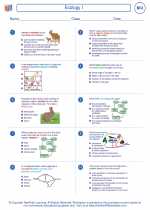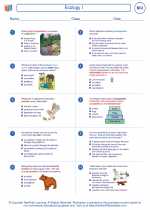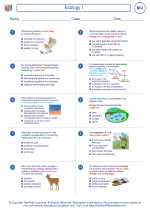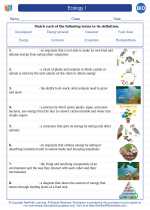Biome
A biome is a large geographical region of distinctive plant and animal groups, which are adapted to that particular environment. It is defined by the climate and the types of vegetation and animal life that it supports. Biomes are often classified based on factors such as temperature, precipitation, and vegetation. There are several major biomes, including tundra, taiga, temperate deciduous forest, grassland, desert, tropical rainforest, and more.
Studying biomes involves understanding the characteristics of each biome, the adaptations of the organisms within them, and the human impact on these ecosystems.
Key Concepts to Study:
- Climate: Understand the role of temperature, precipitation, and other climatic factors in defining different biomes.
- Vegetation: Learn about the types of plants and their adaptations to the environmental conditions of each biome.
- Animal Life: Study the diverse animal species found in each biome and their unique adaptations.
- Human Impact: Explore the ways in which human activities have affected various biomes and their ecosystems.
Study Tips:
- Use visual aids such as maps and diagrams to understand the distribution of different biomes across the globe.
- Compare and contrast different biomes to understand the similarities and differences in their characteristics.
- Research specific examples of plant and animal species within each biome to understand their adaptations and ecological roles.
- Consider the conservation efforts and challenges associated with preserving different biomes.
By understanding the factors that shape biomes and the intricate relationships between organisms and their environments, you can develop a deeper appreciation for the complexity and diversity of life on Earth.
[Biome] Related Worksheets and Study Guides:
.◂Biology Worksheets and Study Guides High School. Ecology I

 Worksheet/Answer key
Worksheet/Answer key
 Worksheet/Answer key
Worksheet/Answer key
 Worksheet/Answer key
Worksheet/Answer key
 Vocabulary/Answer key
Vocabulary/Answer key
 Vocabulary/Answer key
Vocabulary/Answer key
